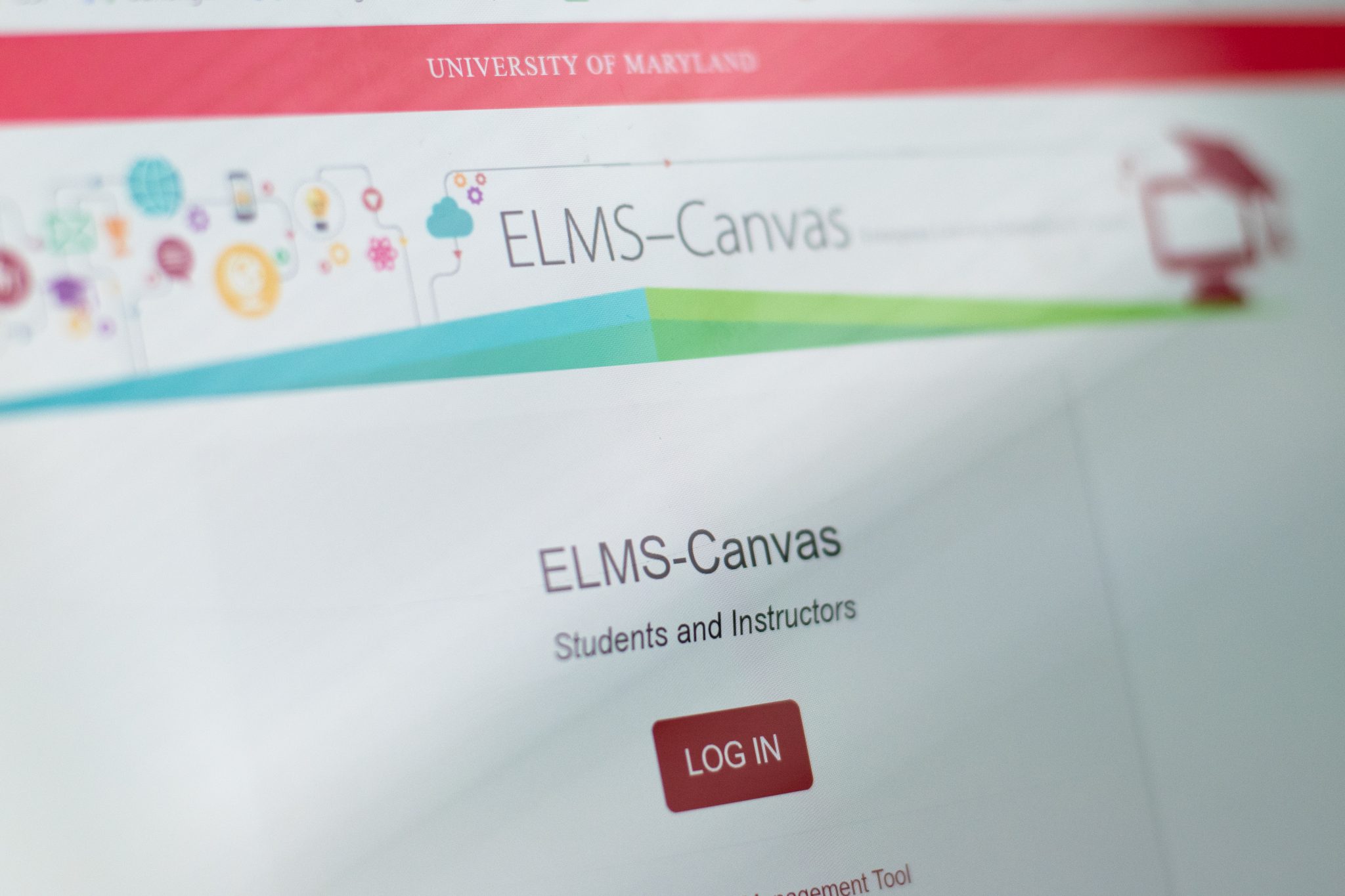Ally, a new accessibility tool for ELMS, started its pilot program this semester with plans to become campuswide next academic year.
Ally will provide students with alternative formats to view content through mp3 audio, electronic braille, HTML, ePub and optical character recognition in PDF documents, according to the IT Service Desk. Ally will automatically check course documents against accessibility standards and offer guidance to instructors on how to improve the accessibility of their documents.
ELMS meets accessibility requirements, Ana Palla, senior IT accessibility and UX specialist in the division of information technology at the University of Maryland, said, but the issue stems from the difficulty of making content such as documents and videos on ELMS more accessible.
“A lot of people know a lot about accessibility to the physical environment,” Palla said. “We need to provide a learning environment that is accessible.”
Jesse Martin, a freshman communication major, said she likes the calendar on ELMS because it helps them keep track of assignments.
However, she said she would like for professors to standardize the format of their ELMS page. For instance, she finds it confusing when professors don’t include descriptions of assignments.
[Application for federal student loan forgiveness is now open]
“Great design makes learning accessible and more user-friendly,” Palla said. “It’s quality teaching.”
For the accommodations process, students meet with their professors at the beginning of the semester, Martin said. During these meetings, professors can ask students what they need help with and how they can make ELMS more accessible.
Including universal design on ELMS — a type of design that can be accessed, understood and used by all people — makes all accommodations available to all students and it would prevent any student from feeling isolated, Martin said.
ELMS is accessible as long as people know their options, they added. The best way to get a starting base for a new program, like Ally, would be to listen to people who have disabilities and who know what they need and what could help.
“The student may have a perspective the professors don’t have,” Martin said. “It’s gonna take a lot of trial and error, but when you learn what works, keep it. Don’t fix what’s not broken.”



